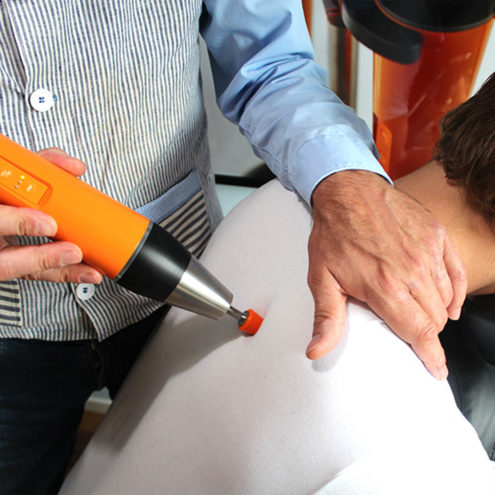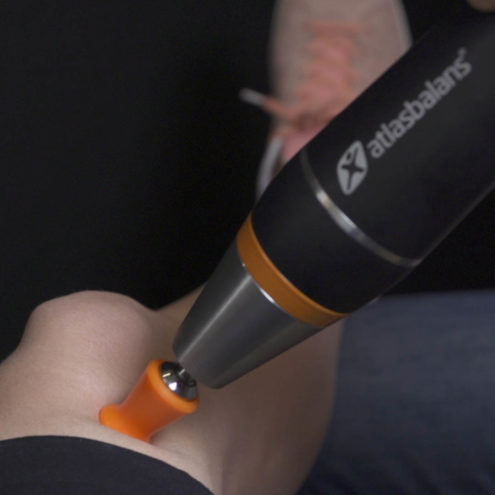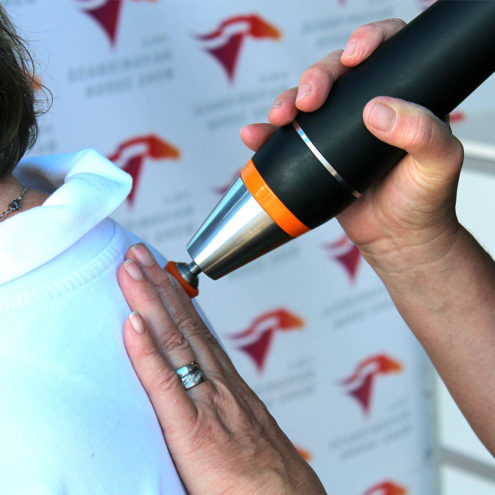Hip Pain: Causes and Treatment

Why am I experiencing hip pain?
Hip pain is a common problem and can affect people of all ages. The pain can be debilitating and affect one’s ability to perform daily activities, such as walking, bending or sitting. Hip pain can be caused by several factors, including injury, overuse and underlying medical conditions. In order to treat hip pain effectively, it is important to understand the possible causes and symptoms.
Common causes of hip pain
There are many possible causes of hip pain, some of which are related to injury while others are linked to chronic diseases. Here are some of the most common causes:
Underlying medical conditions such as osteoarthritis or bursitis
Osteoarthritis is a degenerative joint disease that affects the cartilage in the hip joint. When the cartilage breaks down, the bones in the hip joint cannot slide smoothly against each other. This leads to irritation of the synovial membrane, causing pain, stiffness and limited mobility. Osteoarthritis is more common in older people but can also affect younger individuals, especially those with a family history of the disease.
Bursitis is another cause of hip pain. Bursae are small, fluid-filled sacs that act as cushions between bones, tendons and muscles. When these sacs become inflamed, you may experience unpleasant symptoms such as pain, swelling and stiffness around the hip joint. Bursitis can occur due to overexertion, injury or if the hip is subjected to prolonged pressure.
Injury to muscles, tendons or ligaments around the hip
Injuries to muscles, tendons or ligaments around the hip are another common cause of pain. Muscle strains or ruptures can occur from overuse, sudden movements or accidents. Tendons and ligaments can also become inflamed or damaged due to overuse or trauma, leading to pain, swelling and reduced function of the hip joint.
Hip pain is common in sport, especially in sports that require repetitive movements or high stress on the hip joints, such as running, football and dance.
Symptoms of hip pain
Here are some of the most common symptoms that people with hip pain may experience:
Pain at the hip joint or in the groin
One of the most characteristic symptoms of hip pain is a pain felt at the hip joint or in the groin. This pain can be sharp and sudden or more dull and persistent. The pain can worsen with physical activity, such as walking, running or lifting heavy objects, and can also affect your ability to sit or sleep.
Difficulty walking or bending over
Hip pain can significantly affect your mobility. Many people who suffer from hip pain experience difficulty walking or bending, which can limit their ability to perform everyday activities. Stiffness in the hip joint can make it difficult to move freely, and in some cases the pain can radiate to the leg, further affecting walking ability.
Any swelling or tenderness around the hip
Swelling and tenderness around the hip are common signs of inflammation or injury. In some conditions, such as bursitis or a muscle injury, the area around the hip may become swollen and tender to the touch. This swelling can limit range of motion and cause further pain and discomfort.
How can we help you with hip pain?
At the FasciaClinics, we take a holistic approach to the treatment of hip pain. Our team of therapists use fascia therapy to relieve tension and pain in our body. The fascia is the network of connective tissue that binds and permeates everything in our body. All cells, tissues (even bone tissue), muscles and organs contain fascia.
Fascia treatment focuses on releasing tension and adhesions in the fascia and increasing its flow. Reducing pressure and increasing circulation in the fascia reduces pain in the joint and increases mobility. Increased flow also makes it easier for our cell membranes to absorb and release substances. Fascia treatment can thus promote the body’s own healing. The treatment is also pleasantly relaxing and painless.
During a visit, we analyze the whole body to see where compensations and imbalances are and how they have spread. If there is an imbalance in the body, there is a risk that it will spread and affect other structures such as muscles and joints. That’s why it’s very important to seek help quickly as soon as you notice any symptoms.
Fascia treatment for hip pain involves balancing the body by adjusting the pelvis to even out the load on the hip joints. We also work to soften the fascia in the muscles, joints and ligaments around the hips and seat. A more even load will mean that muscles and other structures are not exposed to as much pressure and wear, so the risk of injury is reduced.
Contact us today to get the help you need and start your journey towards a pain-free and active life. Our team of fascia therapists is here to support you through every step of your recovery and help you achieve the best possible results. We aim to give you the care and attention you deserve, so you can return to your daily activities without pain and discomfort.
 Search
Search


































